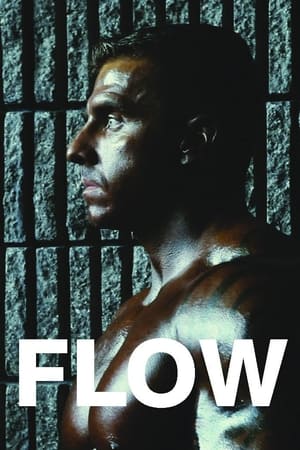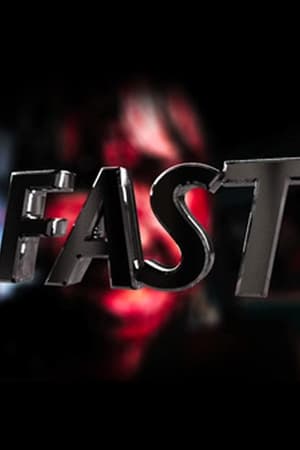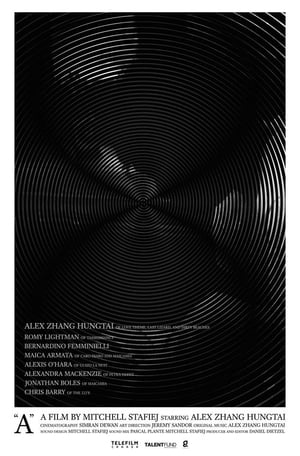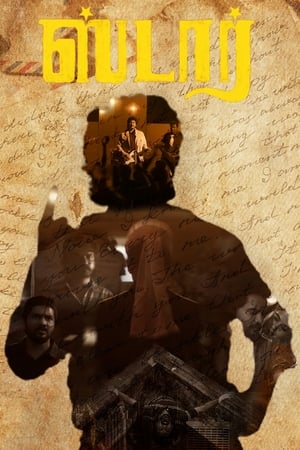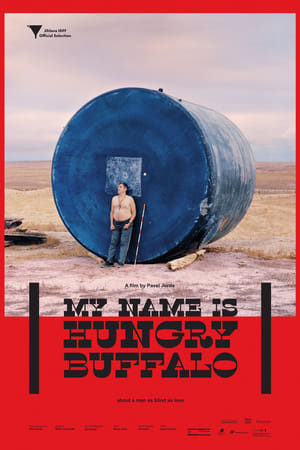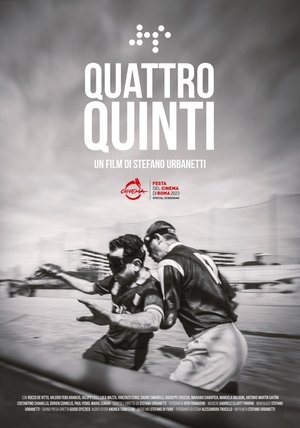
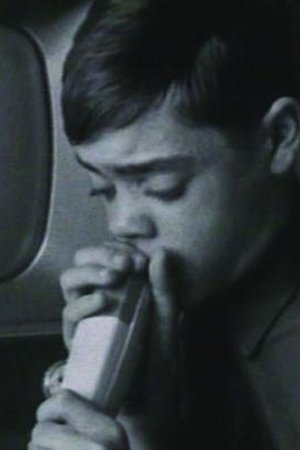
The Blind Child(1964)
With the use of montage sequences, voiced over with the observations of the children, van der Keuken was able to use artistic expression to portray the sightless children’s unique perspective of the world.
Movie: The Blind Child

Blind Kind
HomePage
Overview
With the use of montage sequences, voiced over with the observations of the children, van der Keuken was able to use artistic expression to portray the sightless children’s unique perspective of the world.
Release Date
1964-01-01
Average
7.1
Rating:
3.5 startsTagline
Genres
Languages:
NederlandsKeywords
Recommendations Movies
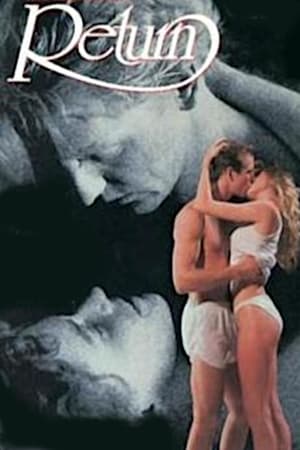 6.1
6.1Return(en)
After reading an article about hypnotic regression, a woman whose maternal grandfather died when she was only three years old contacts the hypnotic subject named in the article believing that he is the reincarnation of her grandfather, and hoping that she can learn the truth about how he died.
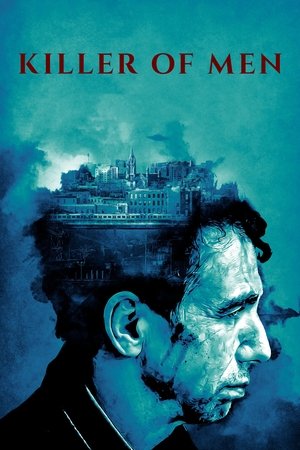 7.3
7.3Killer of Men(en)
A man lurks the night alleys, killing people at random, he feels nothing, no emotion, and no pain; when he meets a graceful widow he must confront what it means to be human.
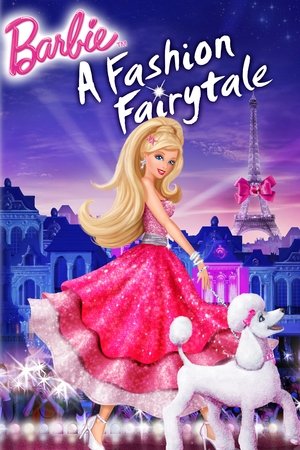 7.3
7.3Barbie: A Fashion Fairytale(en)
Join Barbie in a colourful, modern-day fairytale filled with fashion, friends and fun! Barbie and her dog Sequin jet off to visit her Aunt's amazing fashion house in Paris, and much to her surprise it's about to be shut down forever. After she discovers three enchanting Flairies with sparkle-magic powers, Barbie comes up with a brilliant idea to save the business. She even inspires Alice, a shy fashion designer, and together they create a dazzling runway fashion show. Barbie shows that magic happens when you believe in yourself.
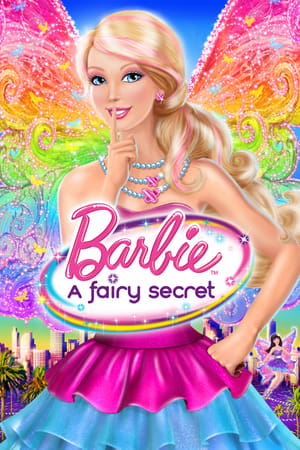 6.9
6.9Barbie: A Fairy Secret(en)
Get ready for Barbie: A Fairy Secret, an amazing adventure with Barbie where she discovers there are fairies living secretly all around us! When Ken is suddenly whisked away by a group of fairies, Barbie's two fashion stylist friends reveal they are actually fairies and that Ken has been taken to a magical secret fairy world not far away! Barbie and her rival Raquelle take off with the fairy friends on an action-packed journey to bring him back. Along the way they must stick together and learn that the real magic lies not just in the fairy world itself, but in the power of friendship.
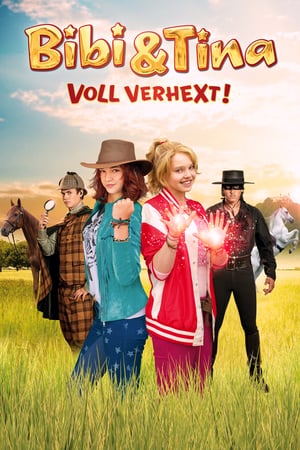 6.2
6.2Bibi & Tina: Bewildered and Bewitched(de)
When robbers hit Falkenstein castle, teen witch Bibi and pal Tina hunt for the crooks, then devise a plan to save the neighbors' failing ranch.
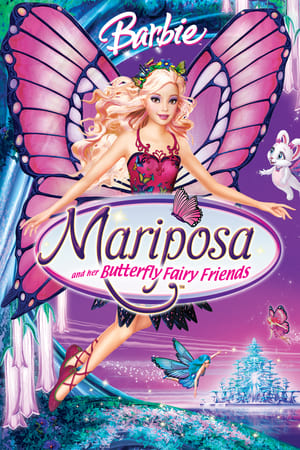 6.8
6.8Barbie Mariposa(en)
Elina, heroine of the Fairytopia films tells her friend Bibble the story of Flutterfield, a faraway kingdom populated by fairies with butterfly wings. Henna, the evil butterfly fairy has poisoned the queen of Flutterfield in an attempt to take over the kingdom.
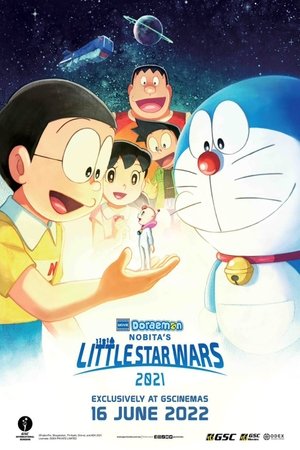 6.5
6.5Doraemon the Movie: Nobita's Little Star Wars 2021(ja)
One day during summer vacation, a palm-sized alien named Papi appears from a small rocket that Nobita picks up. He is the president of Pirika, a small planet in outer space, and has come to Earth to escape the rebels. Doraemon and his friends are puzzled by Papi’s small size, but as they play together using the secret tool “Small Light”, they gradually become friends. However, a whale-shaped space battleship comes to earth and attacks Doraemon, Nobita and the others in order to capture Papi. Feeling responsible for getting everyone involved, Papi tries to stand up to the rebels. Doraemon and his friends leave for the planet Pirika to protect their dear friend and his home.
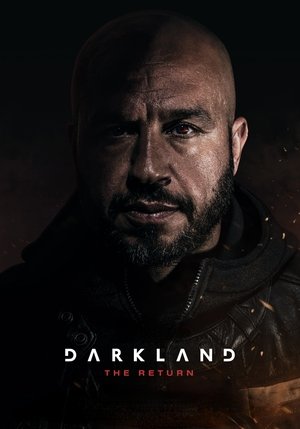 6.4
6.4Darkland: The Return(da)
Seven years ago, Zaid went to war against the Copenhagen underworld to avenge his dead brother. His identity as a respected doctor of cardiology and life as a family man is but a fading dream, and in prison Zaid suffers the loss of his son Noah, whom he barely knows. When a police agent approaches Zaid and offers him a deal to be released in exchange for infiltrating the Copenhagen underworld, he sees his chance to reclaim the remnants of the family life he left behind. But everything has a price, and Zaid realizes that he has now seriously endangered his son's life. After all, once you become part of the underworld, is there any way out?
 5.5
5.5Fog City(en)
A group of friends seal themselves inside a secluded Cape Cod vacation home after a mysterious orange fog leaks from an old nearby factory. Once trapped, they quickly learn there is no escape.
 7.2
7.2The Return of Don Camillo(fr)
Energetic priest Don Camillo returns to the town of Brescello for more political and personal duels with Communist mayor Peppone.
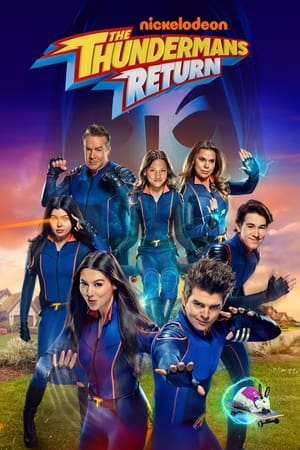 6.9
6.9The Thundermans Return(en)
Twins Phoebe and Max are enjoying their superhero lifestyle, but when one 'save' goes awry, the Thundermans are sent back to Hiddenville. While Hank and Barb enjoy their return, and Billy and Nora look forward to a normal high school life, Max and Phoebe are determined to regain their superhero status.
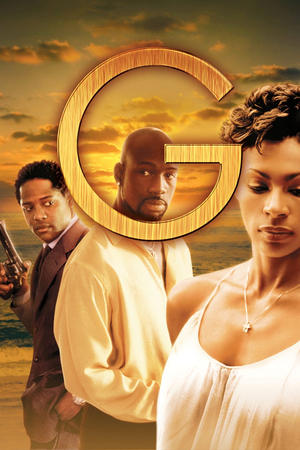 6.6
6.6G(en)
A young Hip Hop star named Summer G falls for a middle to upper class sister while in college. After she rejects him for a fellow social climber, Summer G spends ten years building a Hip Hop empire, then moves to the Hamptons where he finds the object of his affections.
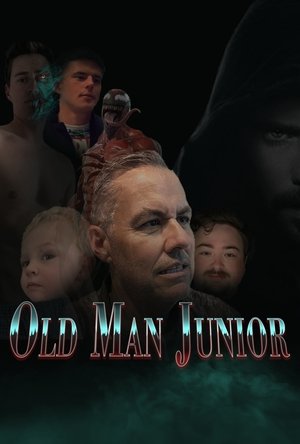 6.9
6.9Old Man Junior(en)
Morbius Jr, now an OId Man, is nearing the end of life, when he finds the last hope for all Morbkind. However, as he fights to protect the future of Morbheads, he finds himself facing off against an unlikely of enemy... HIMSELF.
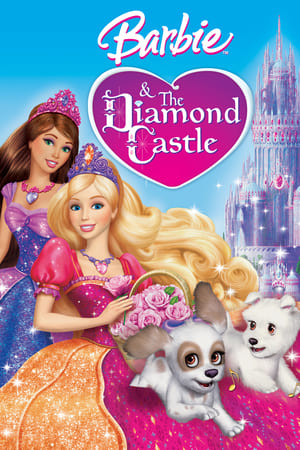 7.4
7.4Barbie and the Diamond Castle(en)
Liana and Alexa (Barbie and Teresa) are best friends who share everything, including their love of singing. Upon meeting a girl inside a mirror, the duo embark on a journey that will put their friendship to the ultimate test.
Similar Movies
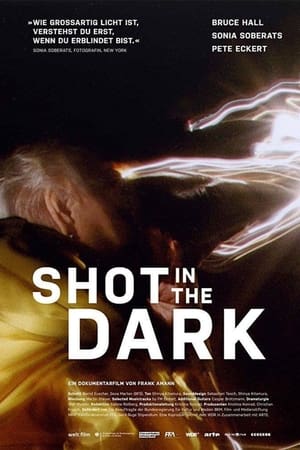 7.0
7.0Shot in the Dark(de)
Shot in the Dark is a documentary on three blind photographers: Pete Eckert, Sonia Soberats and Bruce Hall. A documentary on three blind people who devote their lives to creating images. What do they see in their mind's eyes? Do they sense that which we sighted miss, overlook, or don't take into consideration? Their images, as we sighted can see, are extraordinary. "Even with no input the brain keeps creating images," says Pete Eckert. Sonia Soberats states, "I only understood how powerful light is after I went blind." Shot in the Dark is a journey into an unfamiliar yet fascinating realm. "My camera is like a bridge," claims Bruce Hall. All these photographers embrace fantasy, chance, and contingency at a fundamental level. Shot in the Dark enriches our understanding of perception and creation. We all close our eyes in sleep, the sighted and blind alike, and in our dreams - we see.
The World at Arm's Length(de)
Sven has a dream. Once in his life he wants to walk the Camino de Santiago - the Way of St. James. But that seems impossible, Sven has Usher syndrome, a disease which slowly, inexorably robs him of hearing and vision. Profoundly deaf and completely blind since 2010, he can only communicate using a special hearing aid in the spoken language.
The Illumination(en)
When Gordon Gund went blind in 1970 at age 30 due to retinitis pigmentosa, he resolved to find a cure for the disease and created the Foundation Fighting Blindness. After decades of scientific research, a major breakthrough emerged, and this short film showcases the inspirational story of a 17-year-old Belgian boy who is a beneficiary of this work.
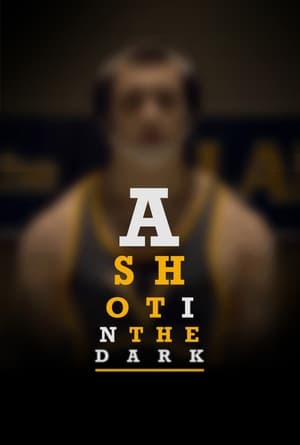 7.0
7.0A Shot in the Dark(en)
Despite a lifetime of adversity, a blind high school wrestler attempts to win a State Championship before the end of his senior year.
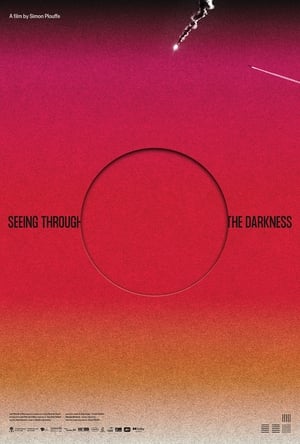 0.0
0.0Seeing Through the Darkness(uk)
Carried by an immersive sound environment that plunges us in the reality and the perceptions of these resilient and inspiring people, this film questions our own blindness face to violence and suffering of our time — despite the overabundance of images that reach us — and highlights the urgency of lending an ear to hear these stories.
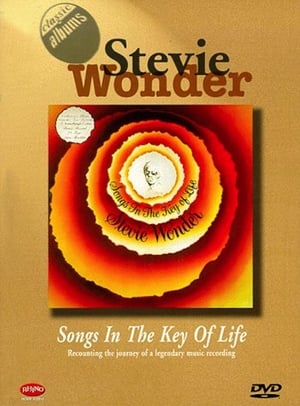 0.0
0.0Classic Albums: Stevie Wonder - Songs In The Key of Life(en)
Musicians, producers, family, colleagues and the artist himself look back on the making of Stevie Wonders's classic album "Song In the Key of Life".
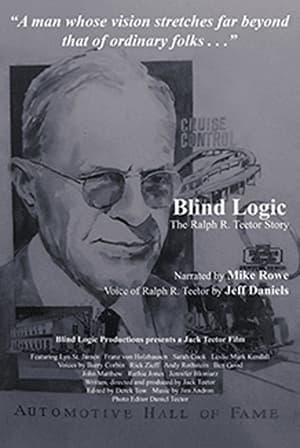 0.0
0.0Blind Logic: The Ralph R. Teetor Story(en)
The documentary follows the remarkable journey in America's heartland of automotive pioneer and visionary, Ralph R. Teetor.
 7.0
7.0Notes on Blindness(en)
After losing sight in 1983, John Hull began keeping an audio diary, a unique testimony of loss, rebirth and renewal, excavating the interior world of blindness. Following on from the Emmy Award-winning short film of the same name, Notes on Blindness is an ambitious and groundbreaking work, both affecting and innovative.
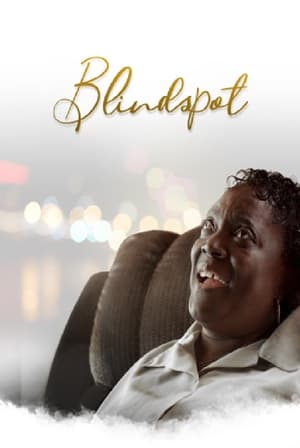 0.0
0.0Blindspot(en)
A brief glimpse through the life of Granny Lue. A woman of faith, fearlessness, and fierce energy, she never allowed her disability to determine her ability to live.
Spirit/Will/Loss(en)
Sculptor/painter Katie Dallam entered the boxing ring for her first professional fight and, 140 blows to the head later, suffered major brain damage. (Her life became the basis for the movie Million Dollar Baby). Irish musician Graham Sharpe’s career was on the rise when advancing tinnitus caused a ringing in his ears so bad that it put an end to his rock-and-roll dreams. Sculptor Alice Wingwall experienced complete loss of sight from a degenerative eye disease. Game over for these three, right? Not so fast. Each managed to struggle, innovate, and, ultimately, through their art, transform themselves into someone new.
 1.0
1.0Ion(fr)
My name is Ion. Who could have imagined the fate that awaited me: my birth under the Romanian dictatorship, the loss of my eyesight through an accident, my sudden escape from my homeland to seek a future that was a little too idyllic? One thing is certain: fate is like all the criminals that I listen to today for the Belgian federal police. With a little willpower, there is always a way to dodge its tricks. The person who taught me that is a close and loyal childhood friend. That friend is literature. Without her, I probably would not be what I am now, here, among you.
Notes on Blindness(en)
In the summer of 1983, just days before the birth of his first son, writer and theologian John Hull went blind. In order to make sense of the upheaval in his life, he began keeping a diary on audio cassette.
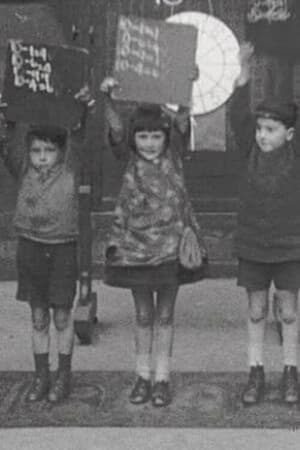 0.0
0.0Education Week(xx)
Young scholars get busy for Newcastle-on-Tyne's 'Education Week' in the tour of Tyneside classrooms.
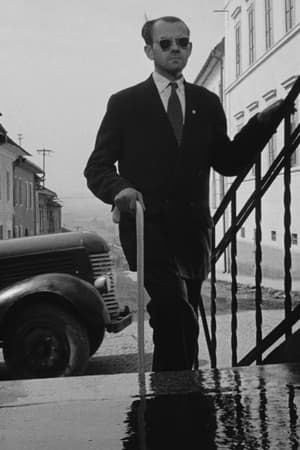 0.0
0.0Marked by Darkness(sk)
Short, evocative documentary on the education of blind and partially sighted children.
Rudy & Des(en)
Rudy & Des is a short documentary that tells the story of true friendship between two friends who find a common bond in their love of pro wrestling.
Poem of the Young Hearts(en)
An independently produced documentary about growing up as a blind youth in 1960's Japan. It focuses on a group of elementary level students being taught by Mr. Kawai at the Zoshigaya Branch of Tokyo Educational University. Filmed over 12 years, the documentary tracks these student's lives up through their young adulthood. It follows the journey of one student in particular, Kiyoshi Hasegawa, a young boy who eventually learns a passion for music and wants to become a recording artist. Expanded from director Hideo Hamada's documentary short "But We Can Gaze!"
